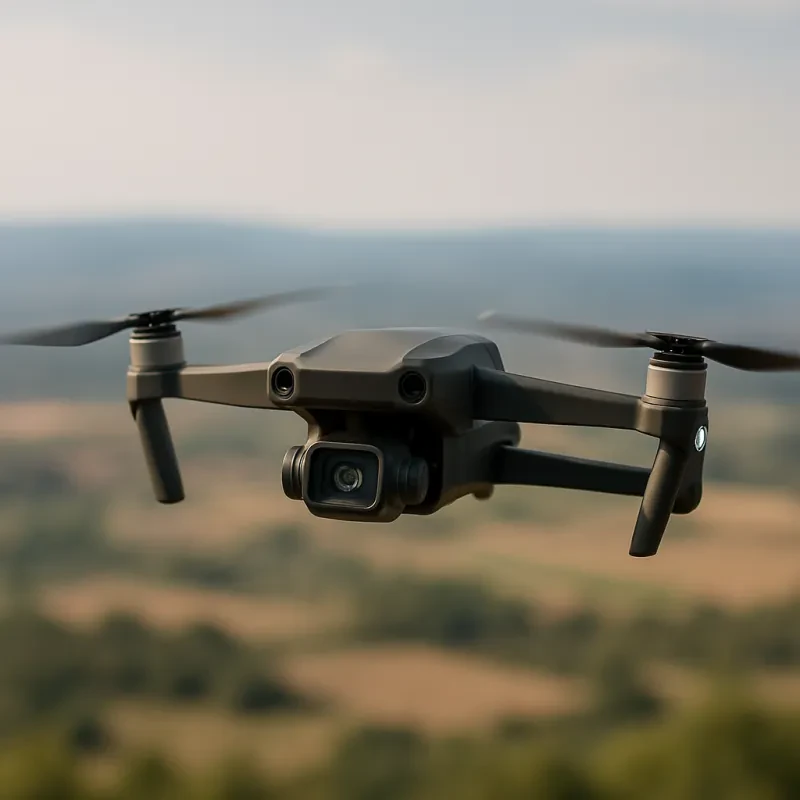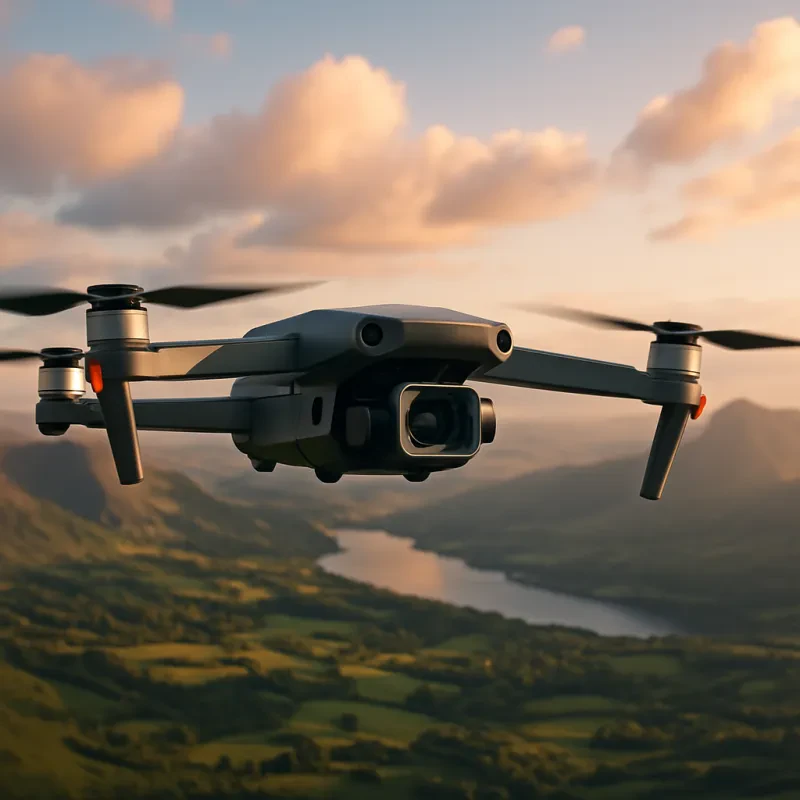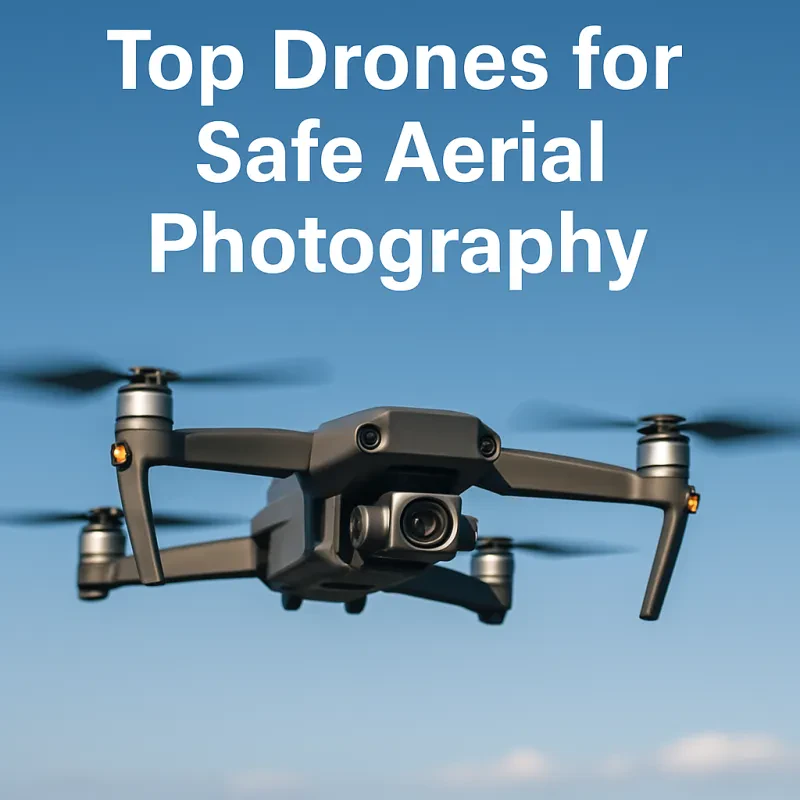Drones have become increasingly popular in various industries, including photography, agriculture, and delivery services. As the number of drones in the sky continues to rise, safety concerns have also increased. In response to this, companies are constantly innovating new safety features to help drone pilots operate their aircrafts more safely and efficiently.
One of the latest safety features for drone pilots is obstacle avoidance technology. This technology uses sensors and cameras to detect obstacles in the drone's flight path and automatically adjust its trajectory to avoid collisions. This is especially useful when flying in crowded or unfamiliar environments where obstacles may not be easily visible to the pilot.
Another important safety feature is geofencing, which creates virtual boundaries around restricted areas such as airports, military bases, and sensitive government buildings. When a drone enters a geofenced zone, it will automatically be prevented from flying any further, ensuring compliance with local regulations and protecting sensitive airspace.
In addition to obstacle avoidance and geofencing, many drones now come equipped with automatic return-to-home functions. This feature allows the drone to automatically return to its takeoff point if it loses communication with the pilot or if its battery is running low. This helps to prevent crashes and lost drones, giving pilots peace of mind when flying their aircraft.
Enhanced Technology for Safer Drone Operations
With the rapid growth of the drone industry, ensuring safe operations has become even more crucial. Fortunately, advancements in technology have paved the way for enhanced safety measures that can help mitigate risks and prevent accidents. From collision avoidance systems to geofencing capabilities, drones are now equipped with cutting-edge features that make flying them safer than ever before.
One of the most notable innovations in drone safety technology is the implementation of obstacle avoidance sensors. These sensors use infrared and ultrasonic technology to detect obstacles in the drone's flight path and automatically adjust its course to avoid collisions. This feature is especially useful for beginners or inexperienced pilots who may struggle with controlling their drones in tight spaces or crowded areas.
Another major technological advancement that has improved drone safety is geofencing. Geofencing enables drone operators to set boundaries for their flights, restricting them from entering no-fly zones such as airports or restricted airspace. This helps prevent unauthorized access to sensitive areas and reduces the risk of accidents or interference with manned aircraft.
Overall, the integration of these advanced safety features in drones is a game-changer for the industry. Pilots can now fly with greater confidence knowing that their drones are equipped with the latest technology to keep themselves and others safe. As technology continues to evolve, we can expect even more innovations that will further enhance the safety of drone operations.
Advancements in Drone Safety Measures
Drones have become increasingly popular in recent years, with applications ranging from recreational use to commercial and military purposes. As drone technology continues to advance, so do safety measures to ensure responsible and safe operation of these devices. One of the key advancements in drone safety is the implementation of geofencing technology. Geofencing creates virtual boundaries that restrict where drones can fly, preventing them from entering restricted or dangerous airspace.
Another important safety measure is the development of collision avoidance systems. These systems use sensors and algorithms to detect and avoid obstacles in the drone's path, reducing the risk of mid-air collisions. Additionally, advancements in battery technology have led to longer flight times, reducing the likelihood of drones running out of power mid-flight and potentially crashing.
Furthermore, some drones now come equipped with automatic return-to-home features, which allow them to safely return to their take-off point in the event of signal loss or low battery. This feature provides peace of mind to operators, knowing that their drone will not become lost or pose a danger to others. Overall, these advancements in drone safety measures are crucial for ensuring the responsible and safe use of drones in a variety of settings.
Key Innovations to Improve Drone Safety
Drones have become increasingly popular for a variety of uses, from photography and videography to search and rescue missions. However, as the number of drones in the sky continues to rise, so does the importance of ensuring their safe operation. Thankfully, advancements in technology have paved the way for key innovations that are helping to improve drone safety.
One of the most crucial innovations in drone safety is the implementation of geofencing technology. Geofencing uses GPS or RFID technology to create virtual boundaries that prevent drones from entering restricted areas, such as airports or government buildings. This helps to prevent accidents and potential security breaches by keeping drones out of dangerous or sensitive areas.
In addition to geofencing, obstacle avoidance technology has also been a game-changer for drone safety. By utilizing sensors and artificial intelligence, drones are now able to detect and avoid obstacles in their flight path, reducing the risk of collisions and crashes. This technology is especially important for new drone users or in situations where visibility may be limited.
Furthermore, advancements in remote identification technology have made it easier for authorities to track and monitor drones in the airspace. By requiring drones to transmit identification information, such as a serial number or operator information, authorities can quickly identify the owner of a drone in the event of an incident. This helps to hold operators accountable for their actions and promote safer drone operation overall.


